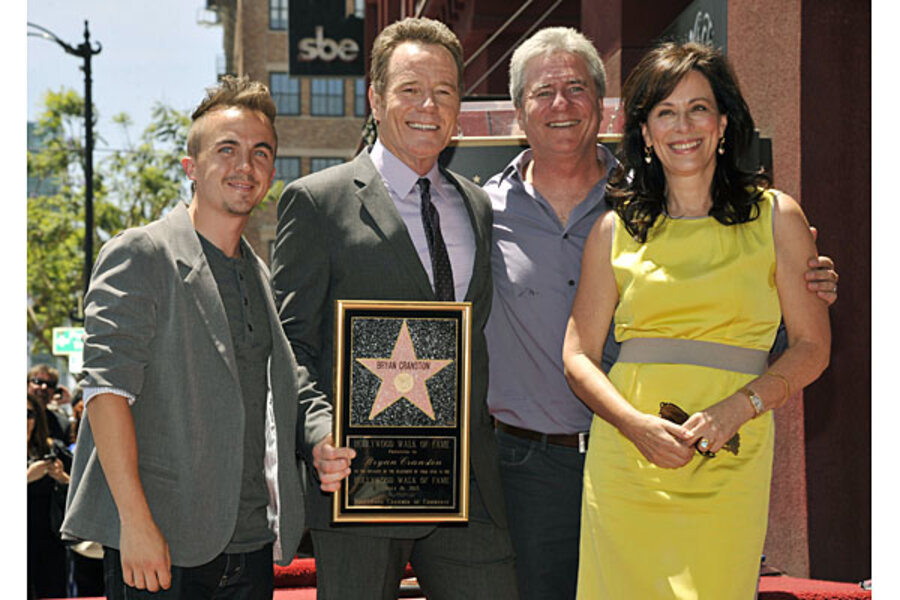Job: Actor (retired)
Net worth: $40 million ( via Celebrity Net Worth)
What would make him a good owner? Muniz’s is not a tale of former-child-star woe; he (or someone around him) has been smart enough to turn earnings from his TV show and movies in the late 90s and early aughts into a more-than-comfortable nest egg. Plus, he’s been a Clipper devotee since before such a thing existed: According to a post on his Facebook page, he began rooting for the team while playing the video game "NBA Live 95" on his Super Nintendo.
“To be honest, they were the only team that I didn't know who any of the players on the team were, so I didn't mind deleting them and making myself, my mom, dad and my cats (Polly and Pete) the new starting lineup for the team on the game.” he explains. “From that day forward in 1994, I have been a die-hard Clippers fan.”
When he moved to Los Angeles to shoot “Malcolm in the Middle,” he became a Clippers season ticket holder and attended every game he could until 2008, when he moved to Phoenix. That means he sat through some pretty dreadful Clippers seasons.
Of course, $40 million is nice, but it’s chump change compared to what the Clippers are expected to fetch. According to many analysts, Muniz would need to scrape together somewhere between $1 billion and $1.5 billion to buy the team on his own. But becoming part of a larger ownership group would certainly be in his grasp, and another high-profile potential owner has just that…








